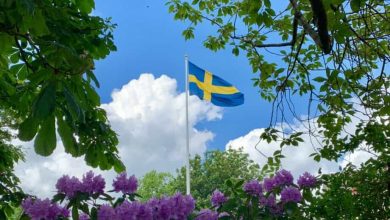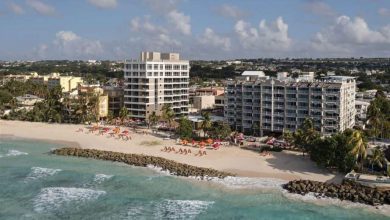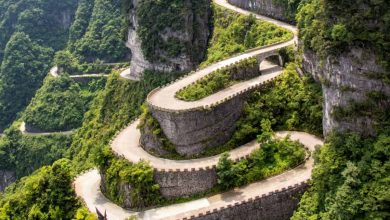The secret life of the zebras in Botswana
/ 2023-05-09 12:43:26
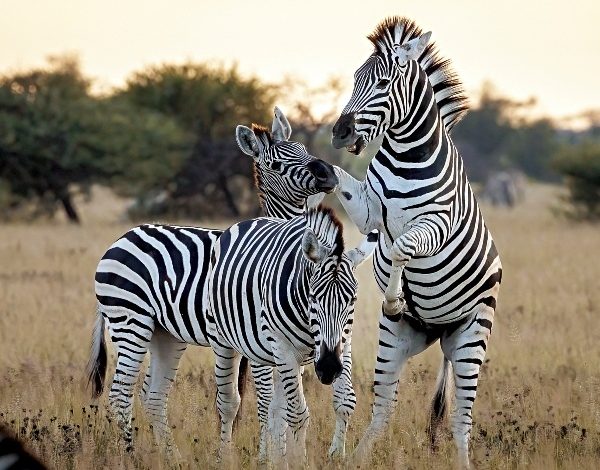
Diplomat.Today
Sarah Kingdom
2023-05-09 12:43:26
——————————————-
The sun sank low in the sky and from our seats around the fire we listened to the sounds of the desert. The terrifying cries of jackals filled the air and the night sky echoed with their screeches and howls. One by one stars appeared in the sky and the jackals became silent. The only sound was the crackling and sputtering of the fire as the burning logs fell to ashes. As we walked from the fire to the dining tent, we heard hyenas screaming in the distance. The solitude and silence of Botswana’s Nxai Pan was all around us.
The Greater Makgadikgadi includes two national parks, Makgadikgadi Pans National Park and the smaller, adjacent Nxai Pan National Park. Located in the Kalahari Desert, these are the world’s largest salt pans. Very dry most of the year, this is a place where almost nothing seems to survive. Look over Nxai Pan in the dry season and all you see is a salty mirage. Travel around it from June to November and apart from a few bat foxes and the occasional elephant on your way to somewhere else, the pan is virtually devoid of life. Silence and solitude reign – a beautiful place.

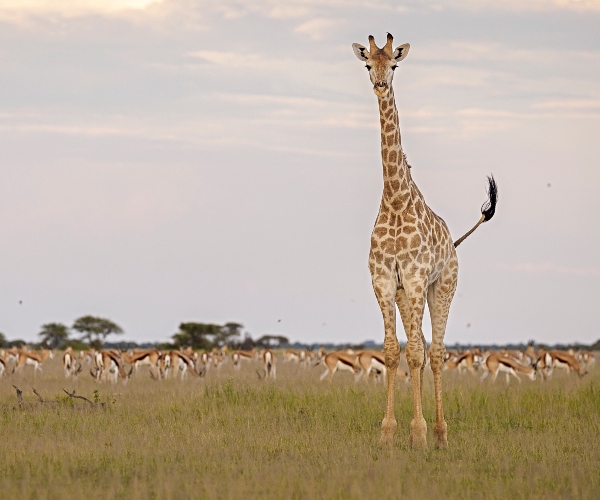
When the rain comes, everything changes in Nxai Pan. Seasonal waterholes appear, sweet grasses sprout at the rim of the huge pan, and wildlife arrives. Giraffes and elephants make their appearance, springbok, wildebeest, impala and kudu all emerge from the desert mirage, migrating for the seasonal food and water. The most impressive of all the newcomers is the zebra. So rich and nutritious is the fresh grass that it attracts zebras and wildebeests from up to 500 kilometers away. More than 30,000 zebras flock to Nxai Pan every year, in a blur of black and white stripes. The zebra marches across an area efficiently inaccessible to humans and travels in an almost direct line south of Chobe to Nxai Pan. You’d think 30,000 animals would be pretty easy to spot, but somehow the entire migration went largely unnoticed for years.
In the mid-2000s, researchers began to notice that Botswana’s zebras made extraordinary moves through inaccessible parts of the country. There was anecdotal evidence about the seasonal movements of zebras in Botswana, but researchers were now beginning to realize that they covered remarkable distances each year in what appeared to be some kind of migration. Finally, in 2012, researchers placed GPS collars on eight adult zebras and tracked their journey for two years. This GPS tracking eventually confirmed that Botswana’s zebras completed a round trip of about 500 km each year, making it the longest mammal migration in Africa.
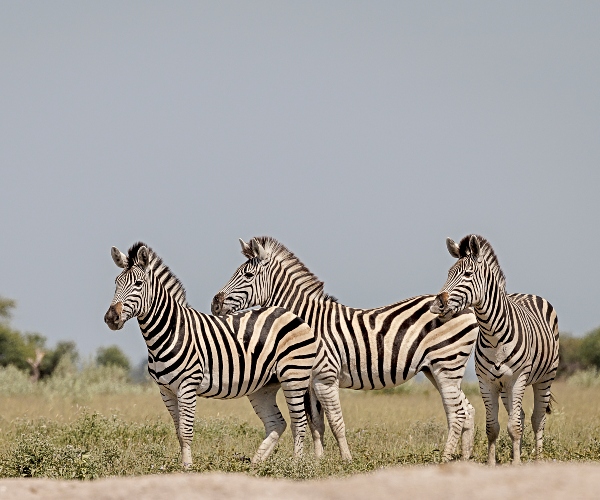
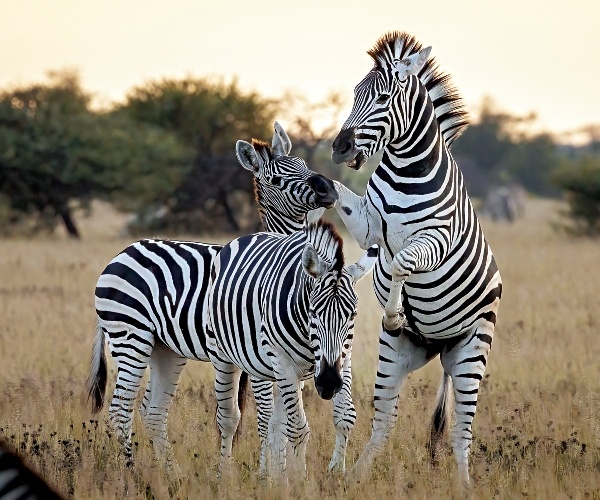
In the intervening years, scientists have identified two main migration routes for zebras in Botswana. Zebras spend the dry season around the Okavango Delta and Chobe River floodplains, and when the rains begin, usually around late November or early December, they move in two distinct groups – one from the southeastern Okavango Delta to the Makgadikgadi Pans and back, and the other from the Chobe floodplain to Nxai Pan National Park, a journey of about 250km that typically takes 14-20 days, marching in an almost straight line, across territory usually inaccessible to humans. Researchers believe the zebras migrate because the grasses near the pans have a higher mineral and protein content than those found in the Okavango Delta or the Chobe floodplains, providing the zebra with two to three times more nutrition. So rich and nutritious is this grass, that up to 30,000 animals will make the move each year, in a blur of black and white stripes.
In the 1950s and 1960s, Botswana erected a series of elaborate veterinary fences to control outbreaks of foot and mouth disease in livestock. These fences stretched for hundreds of miles, dividing the land and blocking the route – from about 1968, no zebra could migrate. It wasn’t until around 2004 that these fences were removed, and this is really amazing: within three years of the fences being removed, some zebras started migrating again. Considering that the average lifespan of a zebra in the wild is about 12 years, no foal born in 1968 would still be alive in 2004. No living zebra could remember the route, so how did they know where to go? Spurred on by heredity, the zebras instinctively followed the same old migration patterns as generations before them, and seemed to know exactly where to go.


We had come to see the zebras that had taken the Chobe – Nxai Pan migration route. These zebras spend the heaviest dry months around the Caprivi Strip in northeastern Namibia and on the floodplain of the Chobe River, which forms the border between Namibia and Botswana. At the beginning of December, it starts to rain in the Nxai Pan area, causing them to head south. Most zebras travel in an almost direct linear path, arriving at Nxai Pan National Park two to three weeks later, while others take less direct routes, with some stopping at Seloko Plain before joining the rest a few weeks later. The herds spread throughout the Nxai Pan National Park and stay here for about three months, mostly on the pan itself, but some explore the surrounding grasslands before returning. Surprisingly, the way back is usually not as direct or fast as their journey south. Most zebras take about 80 days to reach the more permanent water system of the Chobe and Kwando-Linyanti rivers and typically travel about 500-800 km to get there.
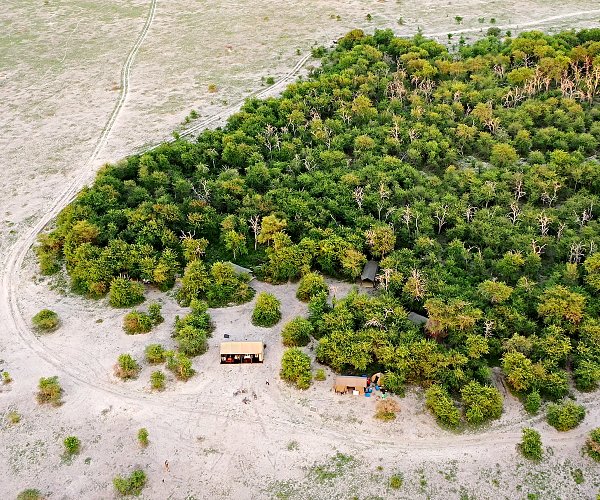
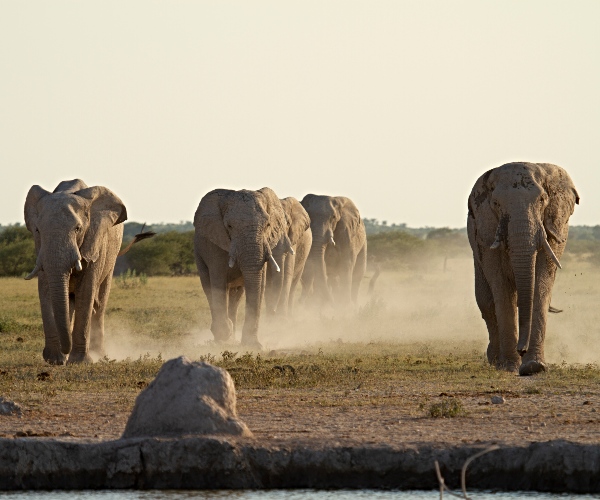
When the zebras reach Nxai Pan, it is the perfect time and place for the females to give birth, and as we drove across the pan we could see that it was dotted with countless leggy, playful zebra foals. As we explored the pan further, we discovered that there was much more to see than just the zebras. Large groups of giraffes waved gracefully toward acacia bushes, males stopping occasionally to display necklaces, in that peculiar way male giraffes use to arrange their hierarchies. Herds of white-headed springbok, sometimes thousands in strength, stretched across the pan; young males playfully twisting and raising their horns toward each other, practicing for later when such skills would become important for establishing dominance and breeding rights. Shy bat foxes, with their oversized ears, walked quietly, noses to the ground and ears pointed forward, listening for insects. A male and female ostrich protectively herded their flock of young, and several desert-adapted elephants sauntered through the pan, remarkably quiet for their size. The elephants here are sometimes referred to as the ‘ghosts of Nxai Pan’ because of the way the white clay from the fossil pan sticks to their skin, giving them a whitish-grey hue. As we drove, we looked for, but never found, the famous black-maned Kalahari lions and cheetahs, whose speed blends so perfectly with the flat, expensive landscape – the only trace of either was some tantalizing tracks in the sand.
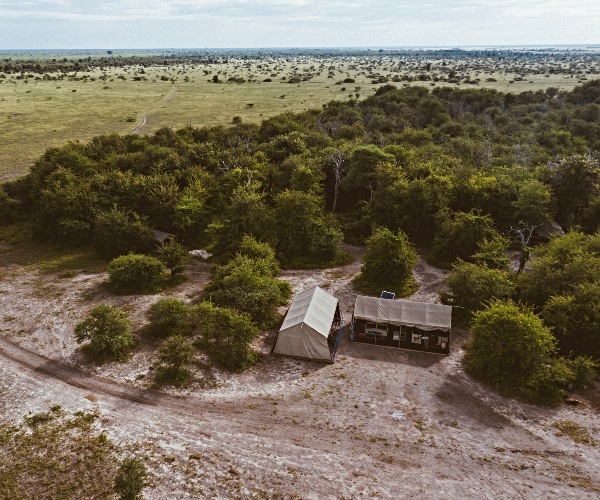
IMPORTANT ANNOUNCEMENT:
If you are reading this article anywhere other than A Luxury Travel Blog, chances are this content has been stolen without permission.
Please note the web address above and contact A Luxury Travel Blog to notify them of this issue.
Thank you for helping us fight content theft.

The home of the zebras at Nxai Pan is seasonal only, as is African Bush Camp’s Migration Expeditions camp, where we had based ourselves for our visit. It may be a temporary camp, it’s only there for three months a year, but there’s nothing improvised about it. An eco-friendly camp with four Meru-style canvas tents, each with comfortable beds and ensuite bathrooms, with sinks and bucket showers that were topped up with hot water on demand. A spacious dining and lounge tent and a chef who whipped up incredible meals given the remoteness of the venue meant we never got close to ‘roughing the beaten path’ despite being in the remote wilderness of Nxai Pan.

The zebra migration in Botswana is one of Africa’s best kept secrets. The chance to see thousands of zebras roaming Botswana’s rugged landscape is something few travelers ever get to experience, but well worth it.
——————————————-

